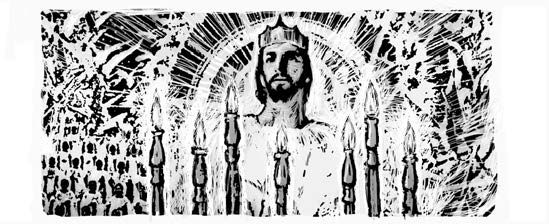Janice Clark never planned to adopt a former student’s baby, but then the telephone rang on a cold March day.
“I’m having a baby that I can’t keep, and I’m wondering if you will have him,” Annette said.
“What do you mean by ‘have him’?” asked Janice, a 47-year-old physical education teacher at Mamawi Atosketan Native School, a Seventh-day Adventist mission school for First Nations children in the Canadian province of Alberta.
“I want you to adopt him,” said Annette, 18, already the mother of two.
Janice didn’t think the girl was serious, but she tried to organize a meeting with Annette and her parents. Every effort fell through.
Two months later, Janice’s phone rang. It was Annette.
“Could you come to the hospital to support me tomorrow when I give birth?” she asked.
She was going to have the baby by Caesarean section.
Janice and her husband, who have five biological children and four foster children, arrived at the hospital in the early morning. The nurse greeted them with the words, “Oh, you’re the adoptive parents.”
Janice was shocked. She had thought that Annette had other plans for the baby because adoption had only been mentioned once in that single phone call.
In the hospital room, Janice asked the expectant mother about her plans.
“What’s the baby’s name?” she asked.
“It’s your baby,” Annette said. “You should name him.”
Only then did it sink in that this would be her adopted baby.
A healthy boy was born a few hours later, on May 12, 2016. Janice stayed at the hospital that night and brought the baby home a day later. She named him Huxley.
Janice believes that Annette gave her the baby because of the teachers’ love at the school.
“It’s not about me personally,” she said. “I worked with her family at this school for many years. She and all her siblings know that the teachers love them. That’s why she asked us to be the boy’s parents.”
Tears formed in Janice’s eyes as she spoke.
“It’s so humbling to think that I am part of this picture,” she said. “I’m expected to teach Huxley about his Creator.”
Part of the second quarter 2018 Thirteenth Sabbath Offering helped Mamawi Atosketan Native School expand its education program. The former student’s name has been changed.
“God knows what is happening, and He has perfect timing,” Janice said. “All we can say is ‘Praise the Lord!’ ”

